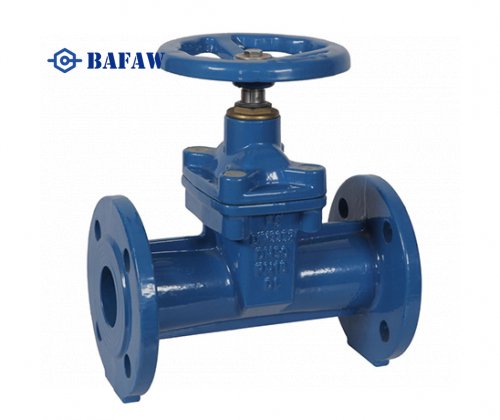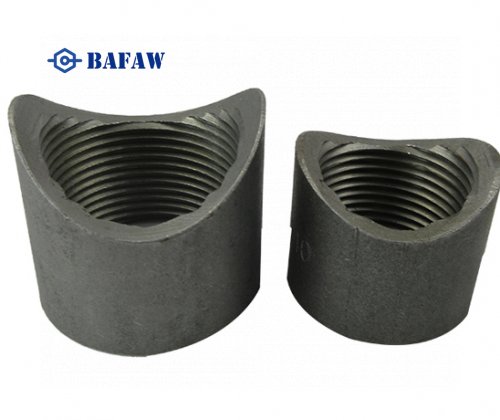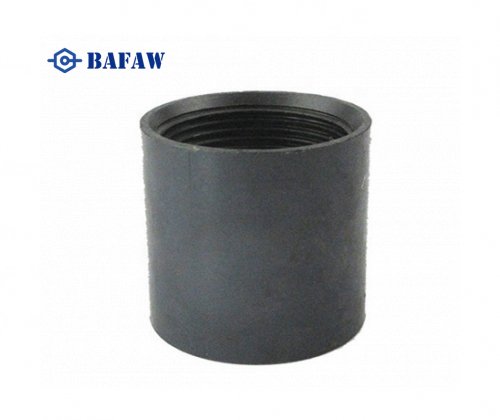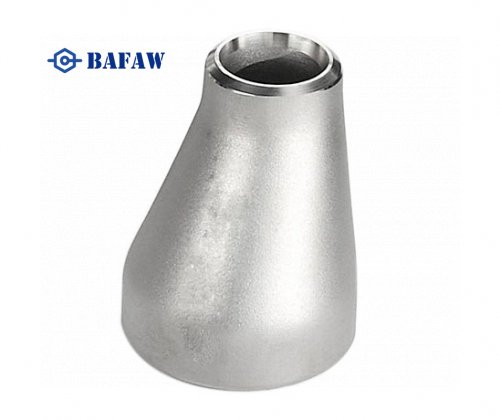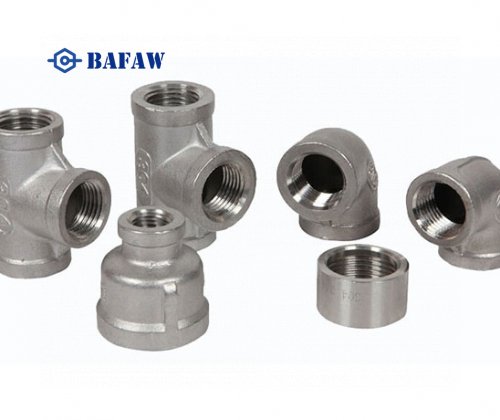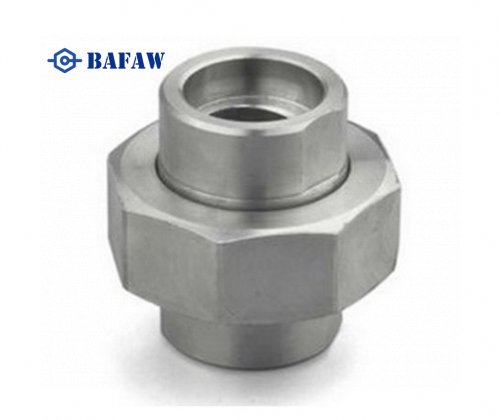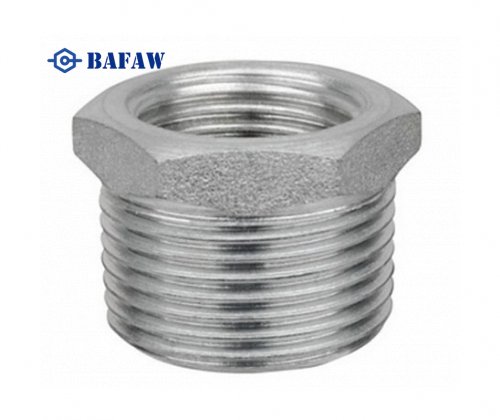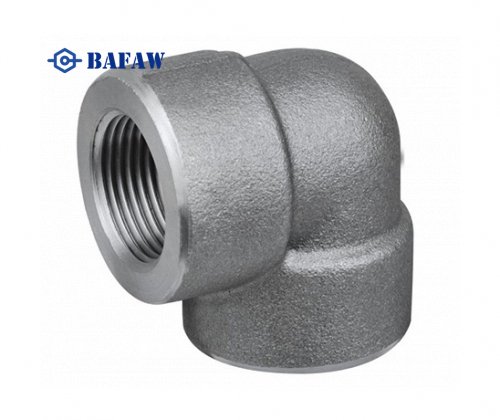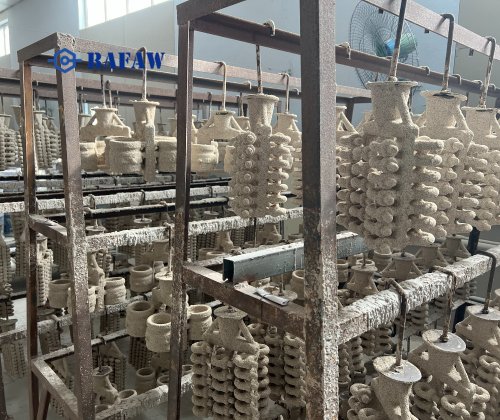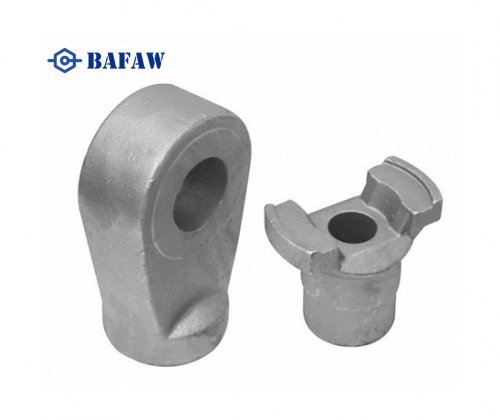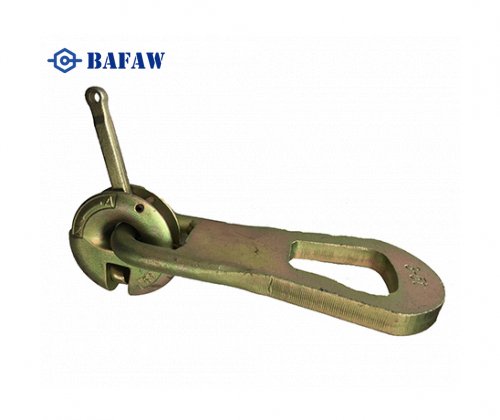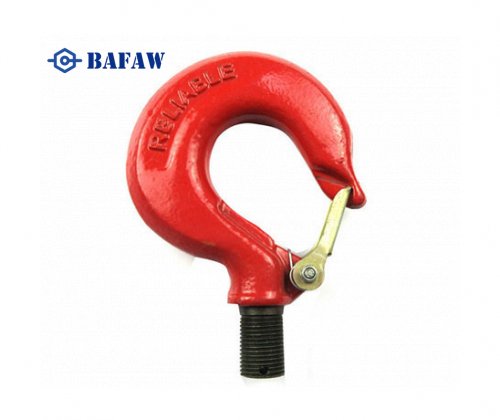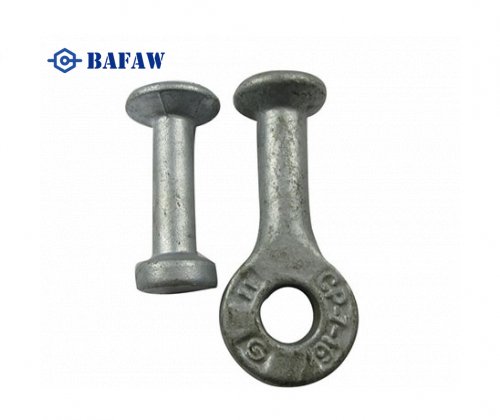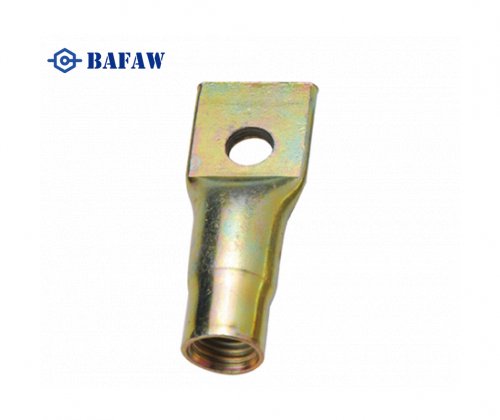The location of the gas shut-off valve will generally vary depending on the location and layout differences of the house, generally, every house will have a gas shut off valve and it won't be hard to find.
The starting location is basically near the gas and gas lineswith the most common installation location being at the entrance to the gas line, which makes it easy to quickly cut off the gas supply to the entire building or appliance in the event of an emergency.
Shut-off valves are also installed in front of domestic or commercial equipment, such as at gas stoves and water heaters, to make it easier to shut off the gas supply when the equipment is not in use, or to cut off the airflow when the equipment is being serviced.
In addition, shut-off valves are often installed at intersections or branches of gas lines to control airflow during maintenance in a localized area and to avoid affecting other areas.
To help you find and identify gas shut-off valves, remember that most homes have two main shut-off valves. One is located inside the home for the homeowner's use
and the other is located outside and owned by the utility company. The outdoor valve is usually located on the exterior of the home, usually near the street gas meter,
and is only used if the indoor valve fails. In older homes, the gas meter may be hidden in the basement, but usually faces a window for easy inspection.
Shut-off valves are also installed in front of domestic or commercial equipment, such as gas furnaces and water heaters. This design makes it easy to shut off the gas supply when the appliance is not in use or to cut off airflow during maintenance.
In addition, shut-off valves are often installed at intersections or branches of gas lines to control airflow during maintenance in localized areas and to avoid affecting other areas.
Look for the main shut-off valve on the side where the pipe enters the house, which is usually located before any pipe joints or equipment connections. The black iron pipe leading to it is a distinguishing feature.
Remember, as a homeowner, you can only use indoor valves, not outdoor ones. This ensures safety and compliance with utility regulations.
Circumstances in Which You Need to Turn Off The Gas Valve
When you smell gas (gas (natural gas) itself is colorless and odorless For safety reasons, a chemical called hydrogen sulfide is usually added, which has a foul odor similar to that of rotten eggs. As a result, the odor of gas usually comes with a very pungent, unpleasant smell.) Or maybe you hear a hissing sound, see a ruptured gas line or maybe you just suspect that a gas leak has occurred. In either case, you need to do the right thing as soon as possible.
In this case, the first thing you are advised to do is to get to an open area as soon as possible and call your gas company. Normally, the gas valve is shut off by a professional gas company worker, which is the safest way to solve the problem.
How to tell if the valve is safely closed
The criteria for safely closing a gas valve is to ensure that the valve is fully rotated to the closed position, usually the limit of clockwise rotation, and that resistance is felt or an indicator mark is seen in the “closed” position.
After closing, you can confirm that there are no leaks by checking for air bubbles around the valve (check with soapy water) or by using a gas leak alarm. In addition, make sure the valve is clean and free of debris, and inspect and maintain the valve regularly to ensure proper function.
Regular Inspection and Maintenance
Regularly Inspect Your Gas Valves: Ensure all valves are operational and check for any signs of damage or wear. Consistent inspection is key to preventing potential issues.
Apply Lubricant: Valves can deteriorate over time with usage. Applying a suitable lubricant can aid in maintaining their smooth operation. Always consult your local codes and refer to manufacturers’ instructions before using any lubricant.
Detailed Inspection Process
Ensure the pilot lights are out before turning off the gas valve.
Turn it back on after a minute.
Listen for any gurgling noises, which could indicate a gas release. If you suspect a problem, contact your gas provider immediately.
Professional Assistance
Never Force a Valve: If a valve isn’t functioning correctly, do not attempt to force it. Instead, seek a professional plumber’s diagnosis to resolve the issue safely.
Maintaining a properly functioning gas valve system is critical to the safety of your home. Regular maintenance and professional assistance when needed can help ensure your system operates smoothly and safely.

















